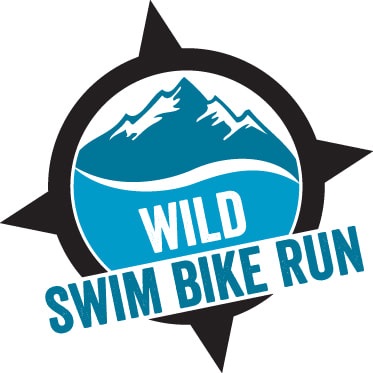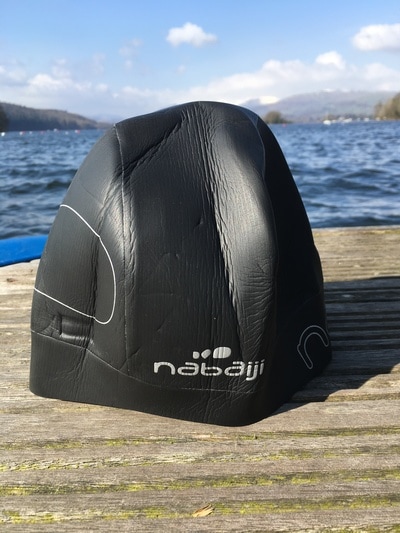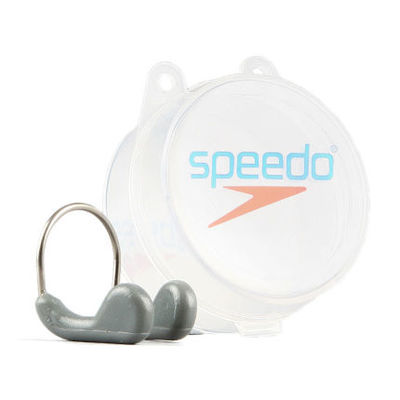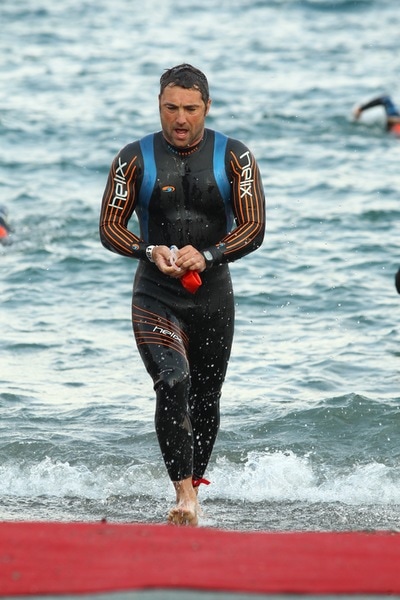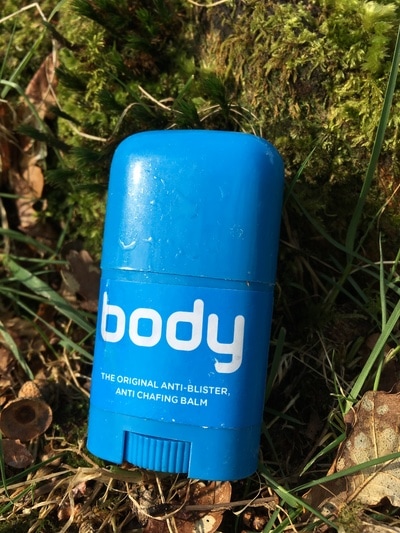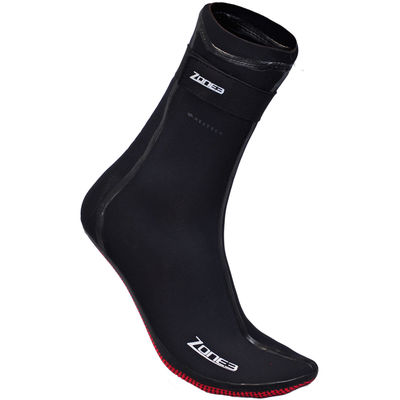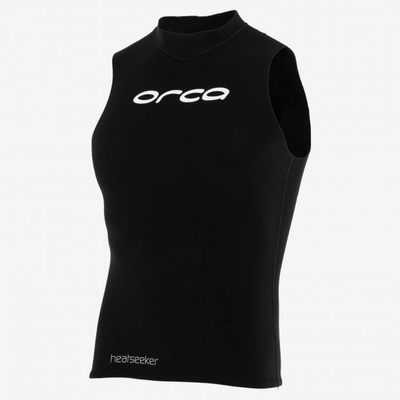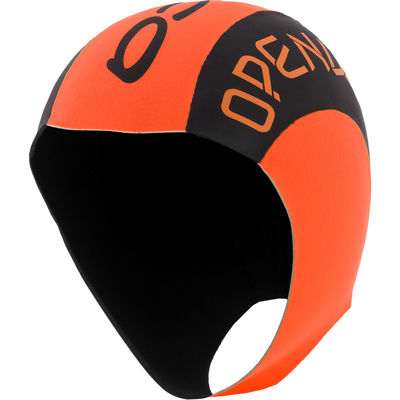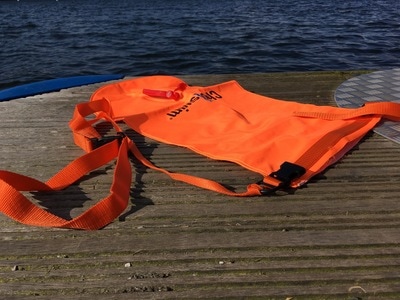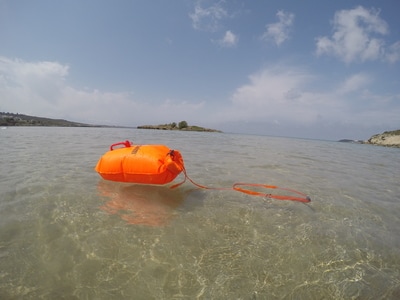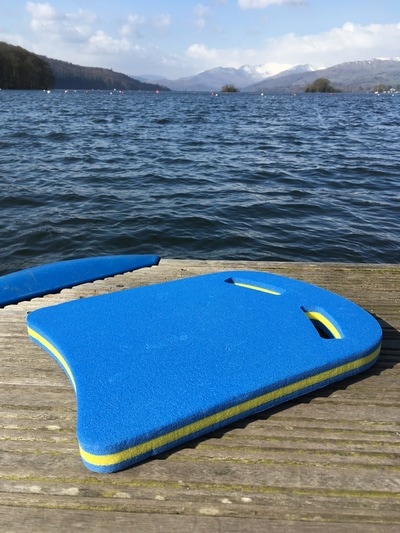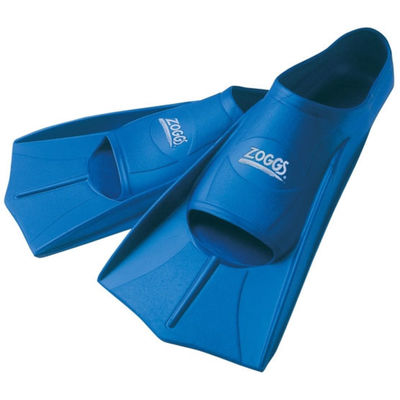What kit and why?
We have broken down swimming equipment into 3 groups; swimming (the fun bit), safety and training. If you dont come from a swimmming background understanding whats required for open water swimming or improving your technique in the pool can be a mystery. Our aim is to provide you a starting point increase your understanding of the equipment to swim safer in open water and an introduction to swim training aides.
Swimming Equipment
Swimming Equipment
- Swimming Cap - In cooler waters this provides insulation for your head, if you are still feeling wearing 2! It also provides a safety function providing visibility above the water line, hence the importance of bright colours contrasting with the water you swim in.
- Neoprene Hat - In cold water a neoprene hat can really make the difference in the duration you can swim for without feeling the effects of the cold water.
- Ear Plugs - If you are distracted by water in your ear or suffer from issues when water gets into your ear canal these are a must.
- Nose Clip - As above, if you dont like water in the nose these can assist. Equally they stop you exhaling through your nose.
- Goggles - There are a myriad of goggles available out there from uber stream lined racing goggles to open water swimming masks. These also come with different lens tints so it is worth considering the conditions you will swim in. The age old issue with goggles is fogging up, this can be combated with rubbing a smidge of dishwashing fluid on the lens or buy some anti-fog spray.
- Wetsuit - You are spoilt for choice and depending on your budget can have a suit for all conditions.
- Function - Triathlon, openwater swimming or multisports. Wetsuits can get very expensive and if you dont look after them will deteriorate. If you intend to race on a regular basis and intend to splash out on an expensive suit it's worth considering buying a cheaper suit to train in. Multisports wetsuits incorporate temprature management features and abrasion resistant areas, by definition they will be more robust than triathlon westuits.
- Style - Shorty, sleeveless or a full suit. All provide different buoyancy and insulation benefits.
- Buoyancy - Wetsuits include different types of buoyancy depending on what type of swimmer you are. This generally consists of different thickness of neoprene in key areas of the wetsuit, mainly the chest, stomach and legs.
- Insulation - This is achieved through increased thickness of neoprene. Generally wetsuits are fabricated with a range of 3-5mm neoprene. One of the main considerations of a thicker wetsuit is the reduced flexibility around the shoulders and armpits.
- Lubricant - Certain parts of your wetsuit and skin will rub, especially around the neck.
- Neoprene (Rash) Vest - Generally made of thinner neoprene (2-3mm), this can be warn under you wetsuit for colder swims of for longer recreational summer swims.
- Gloves - In colder water gloves will stop yor hands turning into chilled lumps of meat. For swimmers who feel the cold they can take alot of the pain out of longer open water sessions.
- Boots - Whilst providing insulation they also help people with soft feet walk on rocky and treacherous shorelines.
Safety
When swimming in open water the more you can do to make yourself visible, the safer you will be. You are trying to make yourself as visible as possible above the water line and ideally ensure that you requipment is high visibility and contrasts with your background.
When swimming in open water the more you can do to make yourself visible, the safer you will be. You are trying to make yourself as visible as possible above the water line and ideally ensure that you requipment is high visibility and contrasts with your background.
- Swimming Cap - Your head presents a limited profile above the water, make it as visible as possible with bright coloured swim caps. A key safety consideration is that your hat contrasts with the water and sky colour....... forget blue and green even if they do match your eyes!
- Safety Buoy - There is alot of contraversy over how effective they are and if they provide a false sense of security. My take is the more visible you are the safer you are. Soem safety buoys come with a dry bag feature for car keys, phone and space for a gel etc.
Training
- Kick Board - Generally used for building up your kick drills but can be used for building up strength in your legs and to assist in isolation drills on your stroke.
- Hand Paddles - These allow you to work on your stroke and also build strength.
- Swim Fins - These help to add propulsion and speed to your drills or when working on kick drills.
- Pull Buoy - Put these between your legs to provide buoyancy when conducting drills. You can move them up and down your legs to adjust the buoyancy.
- Snorkel - Aides the improvement of stroke symmetry and quality of your drills. You can use this to work on sighting aswell.
- Resistance Band - If you travel a lot and get frustrated with short pools this is a useful bit of kit.
